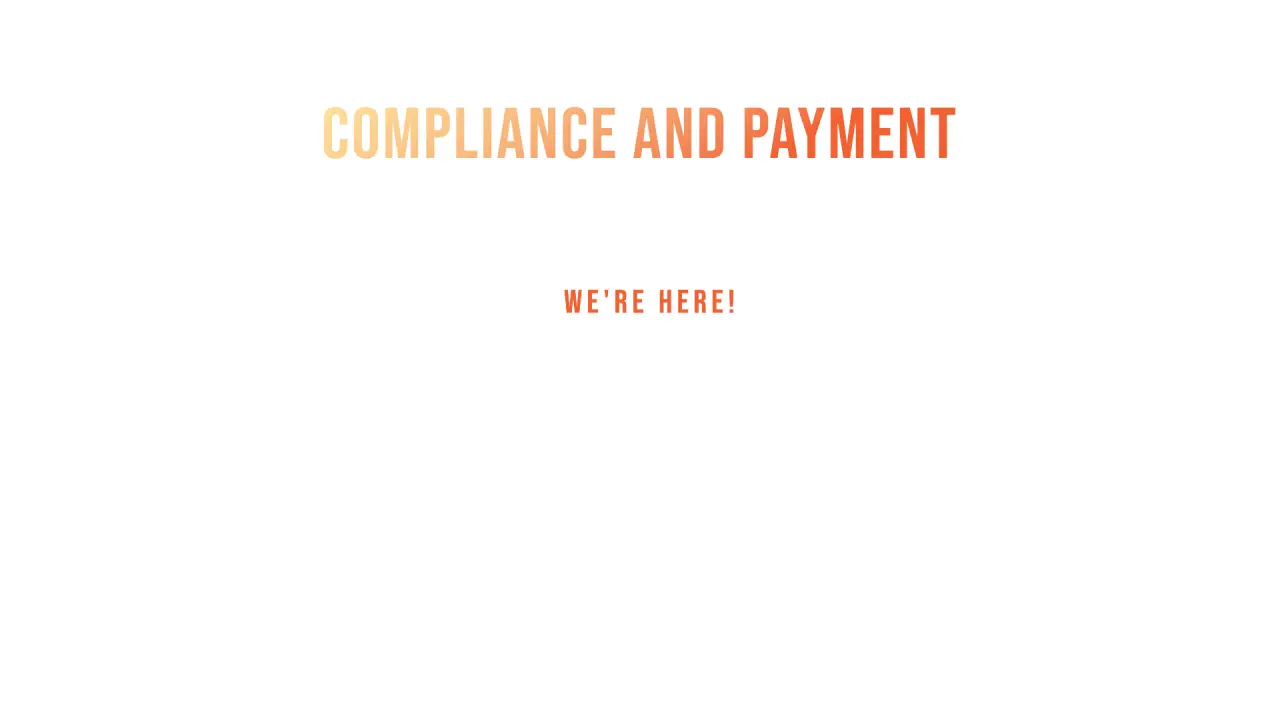In Europe, there is a wide variety of payment systems, including both traditional payment methods and modern digital solutions. European payment systems fall into several broad categories, including :
- Payment card networks (Visa, Mastercard, etc.)
- Bank transfers (SEPA in Europe for euro payments)
- Digital wallets (PayPal, Apple Pay, Google Pay)
- Regional online payment systems (such as iDEAL in the Netherlands, Bancontact in Belgium)
- Mobile payment solutions (Twint in Switzerland, MobilePay in Denmark)
- Direct debit payment methods
It’s difficult to give an exact number, as each European country may have its own methods and systems, but it’s estimated that there are over 200 different payment systems across Europe, taking into account local, national and international solutions.
Compliance Requirements
- Payment systems must adhere to strict European regulations, particularly concerning Anti-Money Laundering (AML) and Know Your Customer (KYC) laws.
- This means the business must provide detailed documentation on its operations, financial flows, and shareholders.
Industry Sector
- Businesses in “high-risk” sectors (such as adult entertainment, gambling, or cryptocurrencies) often face more challenges in opening accounts.
- Payment providers, wary of risk exposure, typically impose additional requirements for these sectors (enhanced compliance policies, thorough checks).
Financial Stability and Business History
- Payment systems also assess the financial stability and transaction history of the business to ensure its credibility.
- Newer businesses or those without a substantial history may encounter extra obstacles.
Internal Validation Processes
- Each payment provider has its own validation criteria, which can cause delays, especially if additional checks are required.
- For instance, digital wallets like PayPal may be stricter with high-risk businesses and could even restrict certain services.
Opening an account for a business with European payment systems is possible but may involve extra steps and delays for high-risk sectors. To improve their chances, businesses typically need to prepare a strong compliance profile and demonstrate transparency in their financial operations.


